We've already got Face ID sensors and a bunch of health sensors in the Apple Watch, but future Apple devices including the Apple Vision Pro will have many more measuring devices, including one for analyzing breathing through your nose. Here's what else is coming.
It's not that long ago that sensors were just something to reveal a plot point on the USS Enterprise. But now we have devices that know when we touch them, when we speak to them, and even when we glance in their direction.
Just going through 2024's patents and patent applications, though, there can't be a type of sensor that Apple is not at least investigating. A newly-granted patent regarding a microphone on your nose is just the latest, although it appears to be the first time Apple has expressed interest in nasal passages.
"Method and apparatus for monitoring nasal breathing," describes a microphone being mounted on your nose. From the description, it could be like an extra extension, a face plate kind of thing, from some future Apple Vision Pro.
Or based on the patent's illustrations, it could just be taped to your face. And there is one description that makes this sensor sound like Nose Noise ID.
"The recorded breathing audio signal may be digitized and analyzed, e.g., based on its spectral characteristics, in order to determine one or more breathing characteristics of the user's breathing," says the patent. "The system may also use the one or more breathing characteristics to: recognize a particular user."
We could see a new category in Apple Fitness+ which uses the nasal sensor to "present a breathing exercise to a user." Or it could be part of a big health project, as the system compares "the user's breathing characteristics to historical breathing data for the user and/or historical breathing data from other users obtained via an anonymized database."
The patent goes into great detail about the collation of nasal recordings, but it is just one of many sensor patents to do with the head.
On your own head
Apple has previously revealed that many hundreds of patents regarding sensors and other aspects of the Apple Vision Pro were hidden in plain sight. Since the device launched, new patents and patent applications have been more up front about what they are for, even if some are more far-reaching than others.
Some are possibly also far-fetched, but you wouldn't bet against them. Such as how a future Apple Vision Pro could read your mind.
The intention with that patent, granted in March 2024, is to monitor brainwave activity for health purposes. It could recognize panic symptoms, for instance, such as when you remember how much you paid for the Apple Vision Pro.
As ever with patents, Apple is concerned with how something may be performed or implemented, rather than necessarily what it might then be used for. But there's enough in this particular patent to suggest that it could work alongside auditory stimulation to help patients with Post-Traumatic Stress Disorder.
Such a device could also be part of a system that helps students or people with neurodivergent issues improve focus and comprehension. It would do so by monitoring the learning centers of the brain and perhaps adjusting the speed of delivery of lessons.
The future is close
All of this brain scanning and nasal recording sounds like something we might only see eventually, but once Apple's pursuit of sensor ideas has made it into a marketable product, it moves quickly. We're used to Face ID, now, for instance, and that seemed impossible when it was first revealed.
It's just that it's possible that it may yet be revealed again, but this time on the MacBook Pro or iMac. That was shown in a February 2024 patent called "Light recognition module for determining a user of a computing device."
Since we already have Face ID on the iPhone and iPad, we've somehow reached a point where we dismiss remarkable technology. When Face ID does come to the Mac, users will be less impressed, and more aggrieved that it's taken so long.
Whereas we might be more appreciative if Apple pulls off any of its many plans to make fabric include touch sensors. Apple has not only been granted patents for fabric sensors in 2024, it's been granted the same patent over and over again since at least 2020.
There's always the highly likely possibility that technology described in a patent will never result in a finished product. But in some cases, such as this one, Apple appears to be pushing the idea hard.
And that idea, in the 2024 version of the patent, was particularly about how fabric in the HomePod and on Apple Watch straps could have embedded health sensors.
"The stretchable band may be formed from a ring-shaped strip of stretchable fabric having an opening configured to fit around a body part of a user," says patent. "Circuitry may be coupled to strands of material in the stretchable band."
"The circuitry may include sensor circuitry for making measurements on the body part such as electrocardiogram measurements, blood pressure measurements, and respiration rate measurements," it continues. "A coil formed from conductive strands in the fabric-based item may be used by wireless power receiving circuitry in the fabric-based item to receive the wireless power."
Apple has also been looking at making fabric that can become a light source — and so even form a kind of display.
Beyond touch and health
Perhaps it's because the Apple Watch has already become a major player in health research, that Apple is now looking to what else it can make the little device usefully sense. Beyond heart rate measurements, sleep apnea, and fall detection, Apple is investigating adding Apple Watch sensors that track:
- Anemometer
- Bolometer
- Heat flux sensor
- Solar radiation
- Thermometer
- Water sensor
All of these were revealed in a pair of patent applications in March 2024. As ever, little space is given to what the patent's sensors would actually do, but there were some examples.
Such as the anemometer, the wind-speed detector. Apple suggests that if an Apple Watch can sense wind-speed, for instance, it will better measure the effort being expended in an outdoors run.
There's a limit to how many sensors can be included in a given device. And there are also legal issues such as the one that Apple is still embroiled with Masimo over a blood oxygen sensor.
So it's far from a simple route from idea to product. But Apple's latest nasal patent shows it is intent on giving our devices sensors for everything conceivable.
And if Apple's developers come up with another brainwave, they'll be able to measure it.
 William Gallagher
William Gallagher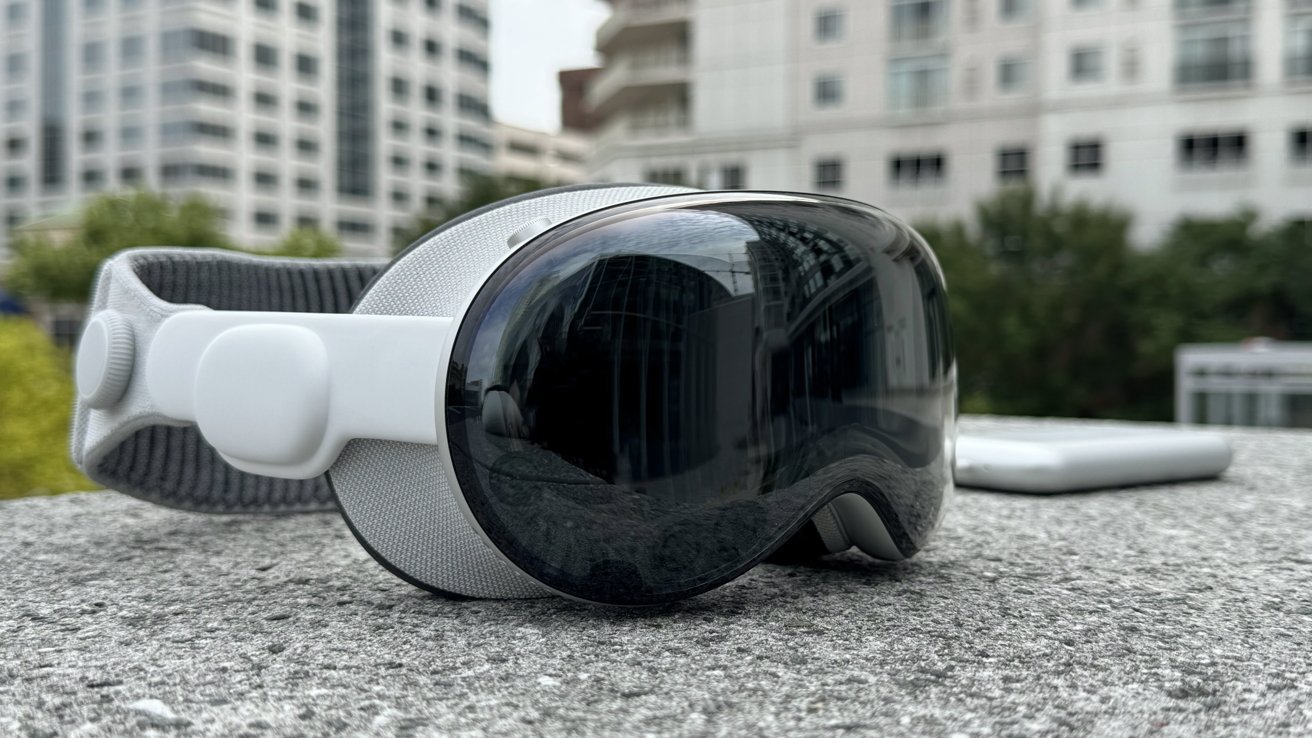
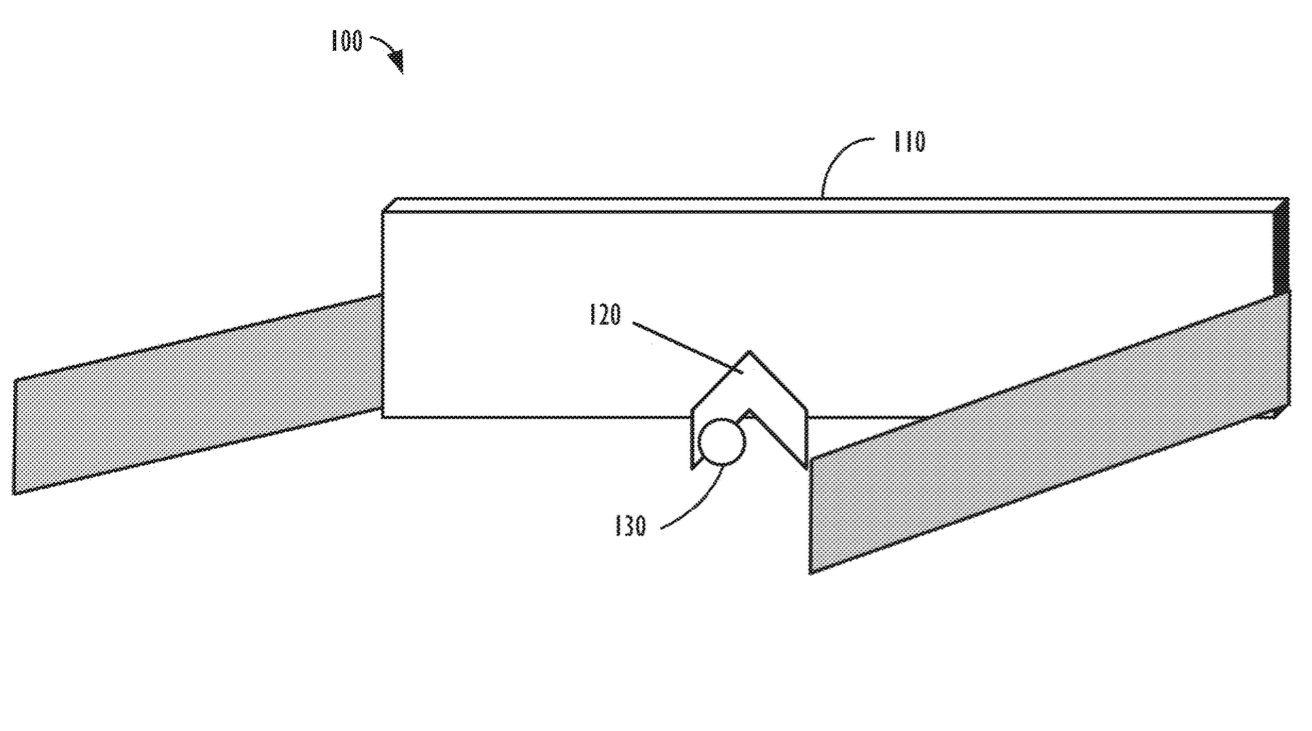
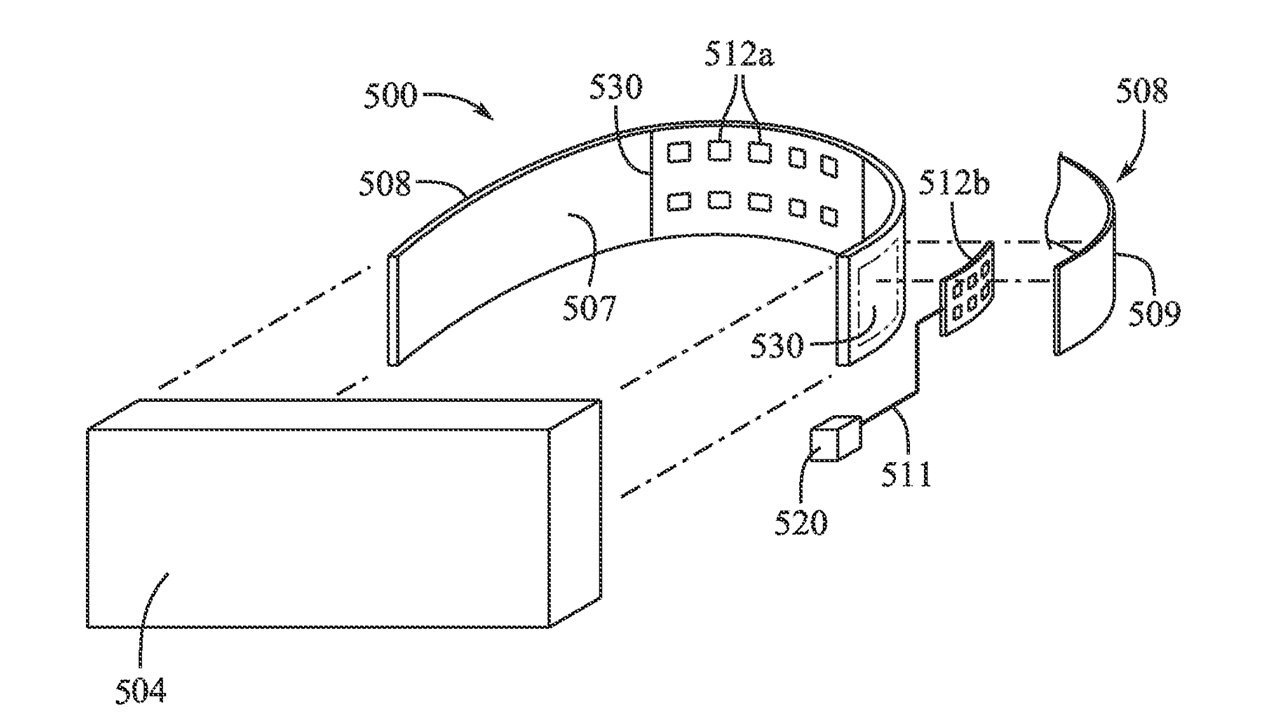
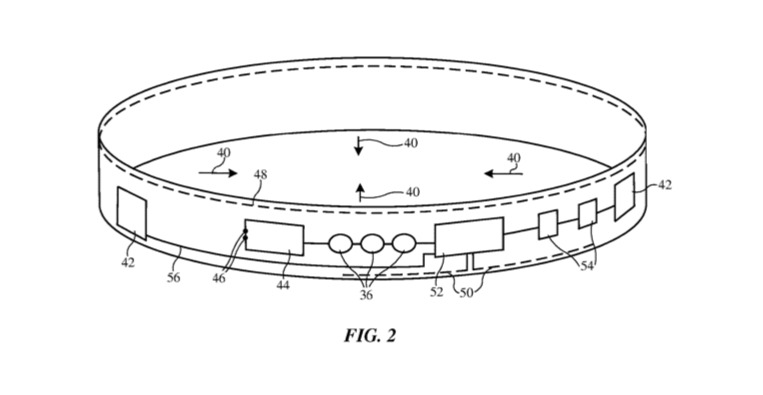
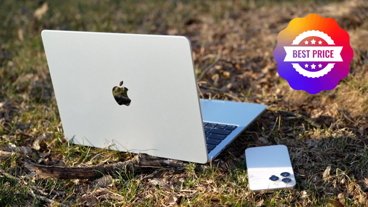
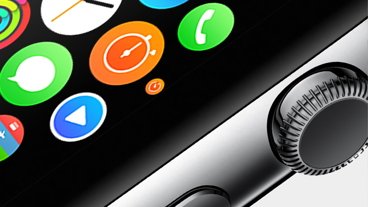

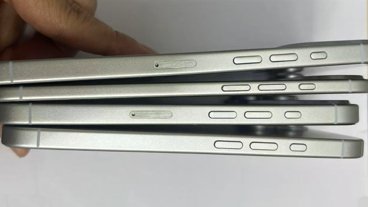

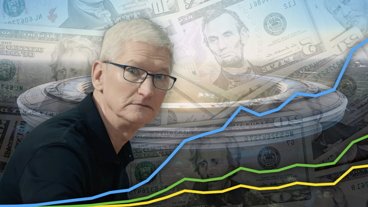

-m.jpg)





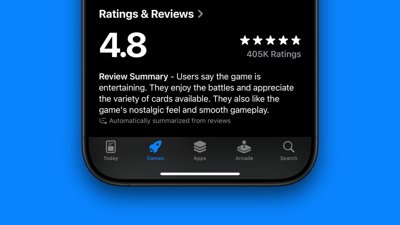
 Marko Zivkovic
Marko Zivkovic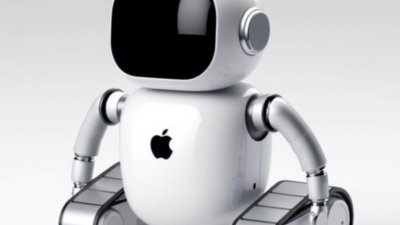
 Wesley Hilliard
Wesley Hilliard
 Amber Neely
Amber Neely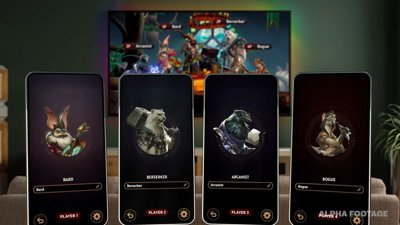
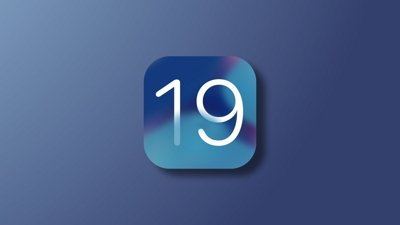
 Malcolm Owen
Malcolm Owen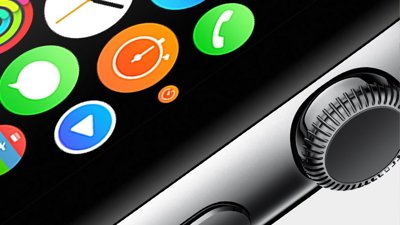
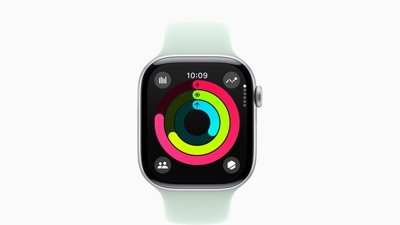
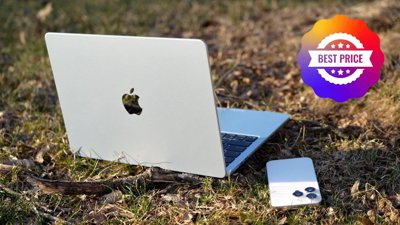
 Christine McKee
Christine McKee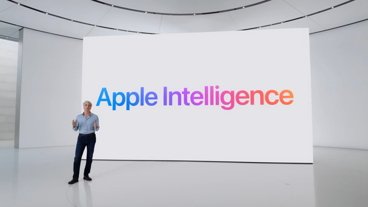
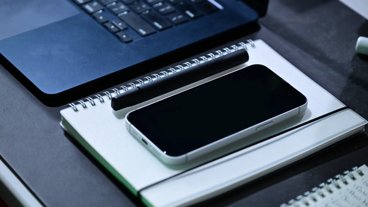


-m.jpg)



6 Comments
I still think that fabric band/ring patents are more for use a fabric wristband or Apple Watch add-on band. Also that brainwave patent mentioned sounds like this Kickstarter https://www.kickstarter.com/projects/broadmind/advanced-brain-computer-interface-lab-quality-neurotech/description
These patents are all for down the road, and to make sure nobody else does it. Right now Apple needs to figure out a way to put this in something that costs one third the price.
At least it's not "IN" your Nose!
When there's an Apple Vision Pro model that is trimmed down to the approximate size of snorkeling goggles or those that we used in our undergraduate chemistry labs, and they're priced at under $2000 ($999-$1499 would be ideal), then I'll be ready to buy. I'm willing to wait a few years.
What a waste.